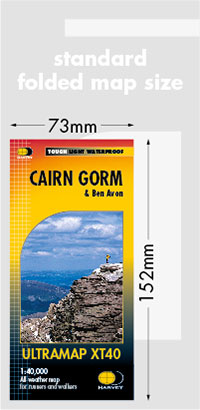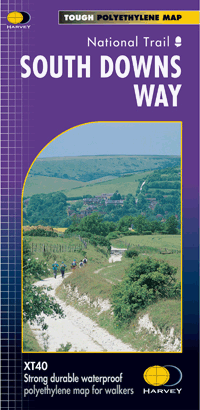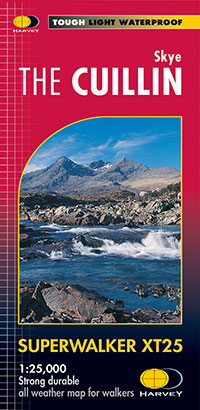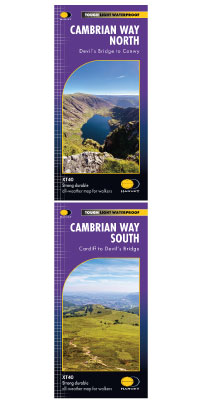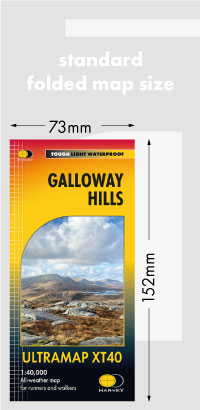The Polar Academy - Part 2
by Nigel Williams
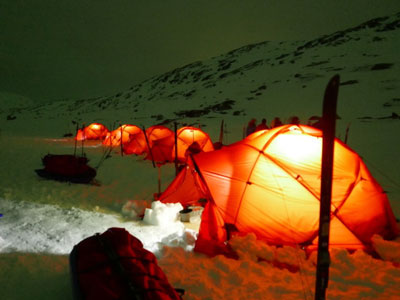
The expedition is an experience of a lifetime for the young people. They have never experienced a true winter environment, seen the northern lights or icebergs, cross country skied, pulled a sledge, camped in winter and survived in an environment where all water has to be melted. Nor have they been parted for so long from electricity, their phones, TVs and showers, etc. The temperatures are consistently below zero, generally around -5 to -10, but can go much lower at night in a spell of fine weather. However, the equipment they are provided with, sponsored by Bregans of Norway, Asness skis, also from Norway, and many specialist camping items from TISO, are the same as those used by major Polar expeditions.
The route of the expedition travels through the mountains rather than over them. The scenery is spectacular with huge cliffs, glaciers, pointed peaks, and near the coast, ice bergs are visible out at sea.
Learning to cross country ski is one of the highlights. The skis are initially tricky to control and all the skiing is off piste. With only the toe of the boot attached there is much amusement as everyone fights for balance and takes a few tumbles. After several days they become proficient on the flat, and by the end of the trip are seriously challenging the staff on downhill runs. It is a good metaphor for how their confidence and self-belief visibly grows throughout the programme and during the expedition.

More blocks are required to be diced up to go into the cooking pots. Around 5 pots of snow makes 1 pot of water. A tent of 3 people requires around 9 litres of water each evening for food drink and then hot water bottles which become water for breakfast in the morning.
A bear fence has to be set up around the camp - a fiddly job involving about a dozen trip wires which generally need bare hands to arm them. Polar bears are in fact extremely rare in this area but we don't take any chances. The expedition carries fire arms and all the staff have received training in the UK.

On a normal day the teams will cover around 10 miles on their skis. Small steep ascents and descents require skis off and walking the sledges. Some ascents require 2 or 3 people to each sledge, so leadership and team work come to the fore. Descents require careful management of people and sledges.
Some descents are perfect for sitting or lying on the sledges and letting gravity do its' thing. Steeper slopes, walking down with the sledge in front, can potentially be high risk. If someone slips and lets go of their sledge it can become a 30kg missile travelling at 30mph and could cause a serious injury to anyone in its path.

Each day one of the young people takes charge of the team, keeps an eye on the navigation and makes the decisions of the day. As the expedition progresses, jobs that the staff lead at the beginning, such as navigation, cutting blocks and building the toilet gets handed over to the pupils. By the end they are a self-sufficient team, every individual full of self-belief and pride in their incredible ability and achievement.
Back in UK there are emotional scenes as they reunite with family members at the airport. A couple of weeks later there is a celebratory event and medal ceremony and then they start on their lecture circuit to inspire others to strive to reach their full potential.


Return to the Navigation Blog
 FREE UK tracked delivery
FREE UK tracked delivery Order by 12pm Mon-Fri for same day dispatch
Order by 12pm Mon-Fri for same day dispatch

